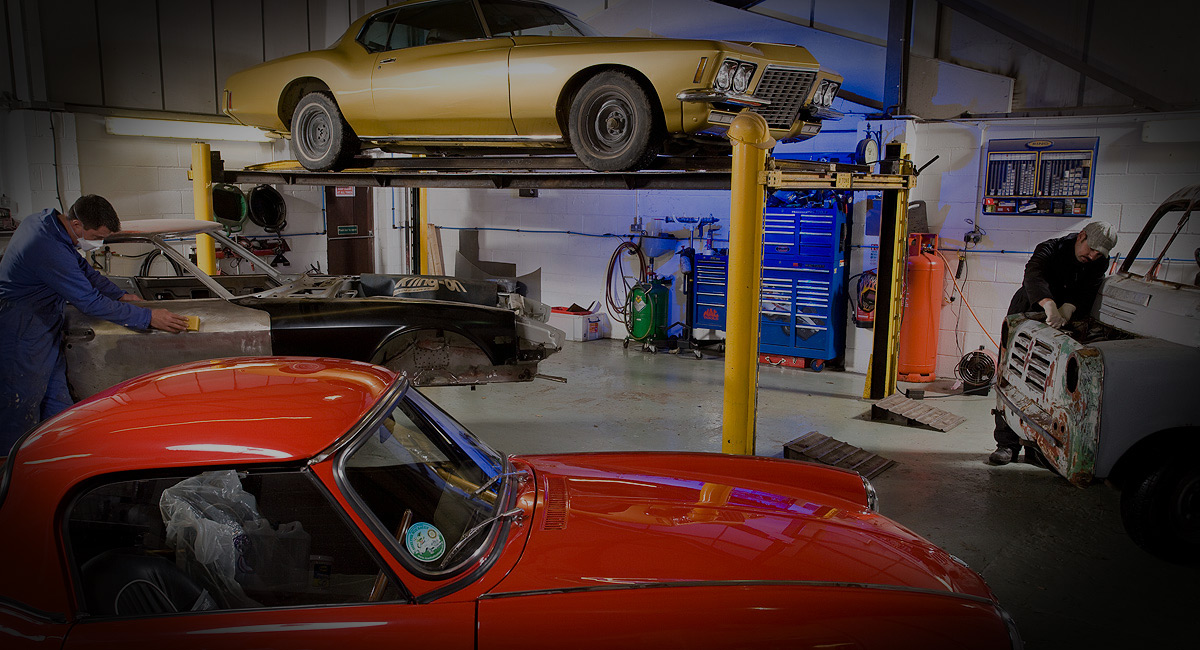Restoring a classic car is a labour of love. It’s an incredible journey to take a vehicle from the point of not operating at all to being fully restored to its original glory. However, it’s also a journey that can be fraught with pitfalls to snare the unware. Whether you’re a first time restorer, or you’ve been doing it for several years, the following tips will help you save time, money and sanity.
Inspect Everything
This should be a no-brainer, but it bears mentioning. Make sure you inspect all areas of the vehicle. Open the bonnet and inspect the engine and engine bay. Inspect the interiors of the doorframes. Open the boot and lift the carpet (if it has any) and inspect the metal. You’re looking for signs that things that they are not as they should be, particularly damage from an accident.
Put It in the Air
If you’re a mechanic, find a way to get the car to your shop and put it on a lift. If you’re not a mechanic, then find a shop to help you out. Get the car up in the air and inspect the undercarriage and frame for damage.
Rust Is the Enemy
One of the most significant problems with classic cars is that in many instances, they’ve been left to the mercy of the elements. Rust is more than just an eyesore – it can doom your project before it even gets off the ground. Fully inspect all areas of the vehicle for signs of rust, and if there is a significant amount, or there’s serious rust damage to critical areas that would be difficult or impossible to replace, move on.
Know Your Budget
It’s easy to get carried away with something you’re passionate about. Car restoration isn’t cheap in the best of instances, but it can quickly get extremely expensive. Set a budget for yourself before you even see the car in question. Know how much you have available and don’t deviate from that amount. The last thing you need is for your restoration project to become a money pit.
Add Up the Numbers
Just as it’s important to have a budget before you get into the restoration process, you also need to know at least a rough estimate of what the project’s going to cost you. You can use parts catalogues and your own expertise, as well as get help from other restorers or professional mechanics, but you simply must have a decent prediction of what you’ll be set back for parts, equipment and supplies.
How Much to Restore?
Finally, you need to determine just how much work you want to put into the project. What level of restoration do you want to achieve? If it’s going to be a daily driver, you’ll probably need to do less work than if you wanted to take it to street shows, or to a full car show level of restoration.
Bear these simple tips in mind, and your restorations will be simpler and less costly.
Source:
http://www.streetdirectory.com/travel_guide/159800/cars/top_10_tips_for_classic_car_restoration.html




